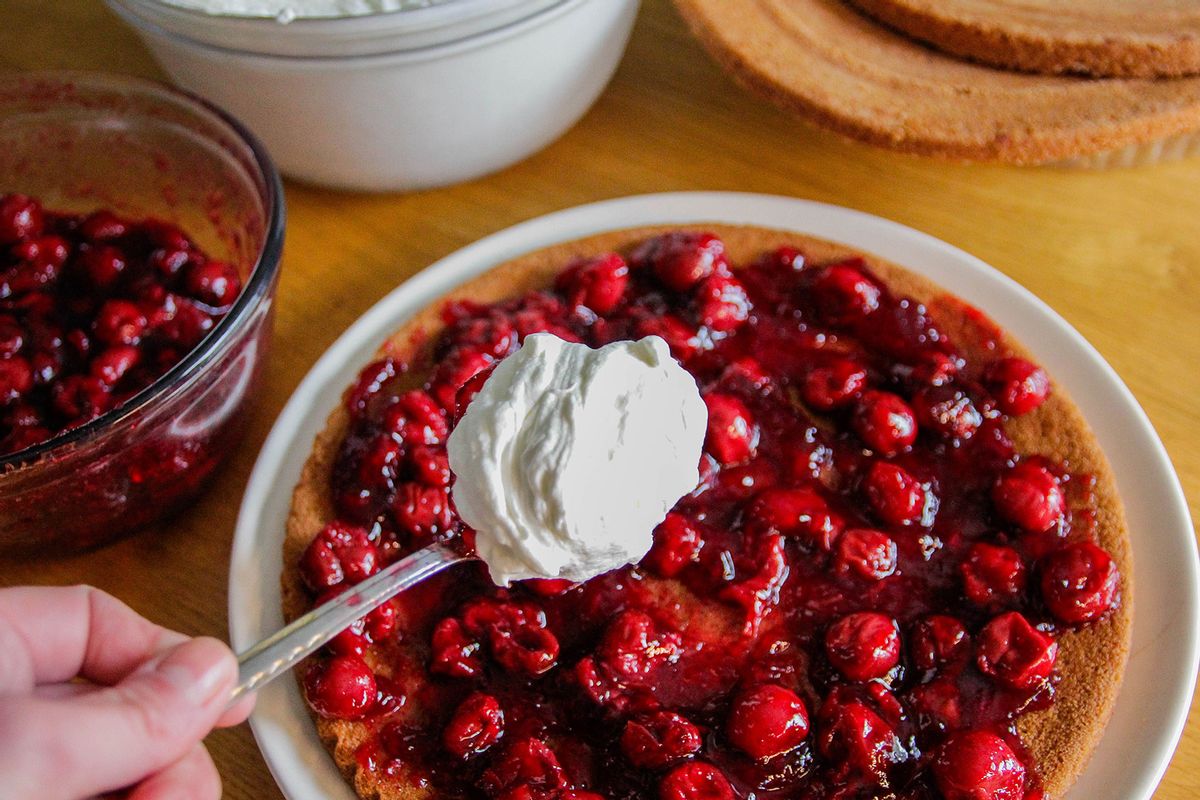You should be roasting your summer fruit

Roasting is one of the simplest forms of culinary alchemy. With just a little time and heat, produce can be radically transformed. Tomatoes slowly shrink and burst, their juices thickening into a sweet, acidic syrup. Broccoli loses its vegetal, sulfuric bitterness in favor of caramelized tenderness (the same goes for brussels sprouts).
However, it wasn’t until I spoke with Institute of Culinary Education pastry and baking arts chef-instructor Penny Stankiewicz last year that I considered roasting fruit. We were discussing the finer points of strawberry shortcake — and while we both agreed that even a “bad” strawberry shortcake is still pretty darn good, there are ways to make it better.
Related: An expert pastry chef deconstructs the perfect strawberry shortcake
You can read all her suggestions here, but one particular instruction stuck with me from last summer to now. To mimic the flavor of strawberry cobbler in a shortcake, Stankiewicz recommends roasting the strawberries rather than simmering them on the stovetop with water and sugar.
“It’ll help some of the moisture evaporate out of the strawberry and concentrate those flavors,” she said.
I followed her advice and roasted sliced strawberries that had been sprinkled with a little sugar inside a rimmed baking dish for 20 minutes at 250 degrees. When they emerged from the oven, they had, as Stankiewicz promised, an incredibly concentrated strawberry flavor underscored by toasted sugar notes. While I love a shortcake topped with fresh-sliced berries, this added a new level of complexity and nuance to an otherwise really simple dessert.
Summer fruit especially shines when roasted.
Cut plums and peaches into quarters, sprinkle them with brown sugar and leave them in the oven until you can easily pierce their flesh with a fork. Briefly douse pitted cherries or blueberries with a little bourbon or your favorite liqueur and let them roast until they pop and their juices become aromatic. Feel free to experiment with different sweeteners and flavorings. Roast your fruit along herbs like rosemary, basil, thyme, fresh ginger and lemongrass, or alongside spices like peppercorns, anise, cloves, fennel seeds and nutmeg.
Want more great food writing and recipes? Subscribe to Salon Food’s newsletter.
Now, what to do with your roasted fruit? You have a lot of options. Spoon it over ice cream or your morning yogurt. Layer it in a parfait or trifle. Use it as a topping for spongy angel cake or the base of a savory-leaning fruit salad packed with briny cheese and nuts. Whatever you do, use it as an opportunity to marvel at how such a simple technique can radically transform ingredients we all think we fully know.
Some of our favorite warm-weather recipes

